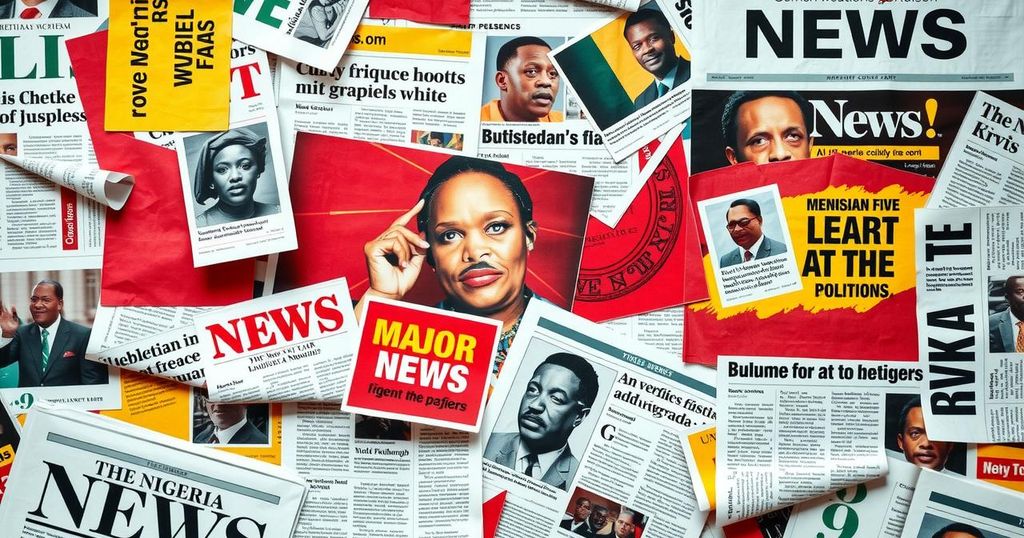Tigray Power Struggle Poses Risks of Renewed Ethiopia-Eritrea Conflict
Recent tensions within the TPLF have increased the threat of military conflict between Ethiopia and Eritrea. A coup by a rival TPLF faction has heightened fears of instability in the Tigray region. Humanitarian needs soar amidst the threat of renewed violence, while environmental disasters in neighboring Zambia further complicate the regional crisis.
The escalating power struggle within the Tigray People’s Liberation Front (TPLF) has raised concerns regarding a renewed conflict between Ethiopia and Eritrea. Recent developments include a faction of the TPLF seizing control of the main radio station and taking over Adigrat, Tigray’s second-largest city, resulting in accusations of a coup. Getachew Reda, the interim leader, claims this faction is collaborating with Eritrea to incite violence against him.
The backdrop of this strife involves historical animosities between Eritrea and the TPLF, once allies fighting a common enemy but later adversaries in a brutal border war. Despite a 2022 peace deal that aimed to stabilize the region, Eritrean President Isaias Afwerki remains committed to obliterating the TPLF, which he perceives as a threat. Currently, Eritrean troops occupy contested areas in Tigray, disregarding international calls for withdrawal.
Tensions are heightened as the TPLF factions express dissatisfaction with the peace agreement, feeling marginalized and compelled to disarm, which has led to the Tigray Defense Forces backing the rival faction. This development raises fears of imminent conflict, not only involving Ethiopia and Eritrea but potentially drawing in neighboring Sudan amidst ongoing instability in the region.
The dire humanitarian situation exacerbates these tensions, with approximately 2.4 million people in Tigray reliant on aid. The specter of another civil war looms, echoing the devastating toll of the previous conflict, which resulted in an estimated 600,000 deaths and millions displaced. The current geopolitical dynamics could destabilize the region further, connecting conflicts from the Sahel to the Red Sea.
In parallel, regional and international actors are engaged in various diplomatic efforts, such as the stalled peace talks in Angola with the M23 rebels in the DRC and the U.S. expulsion of South Africa’s ambassador.
Amid all these complexities, Zambia faces environmental challenges following a mine spill that has severely affected its water supply and local agriculture. The spill has led to the contamination of the Kafue River, vital for millions of residents, further complicating the humanitarian landscape in Southern Africa.
The internal discord within the Tigray People’s Liberation Front poses a significant risk of rekindling conflict between Ethiopia and Eritrea, a scenario that could amplify regional instability. Historical grievances and recent power struggles contribute to the volatile situation as humanitarian needs escalate amidst the backdrop of potential large-scale violence. Coupled with environmental calamities in neighboring Zambia, the broader African context remains precarious, with multiple crises demanding urgent attention.
Original Source: foreignpolicy.com




Post Comment